Pulse 4.0 Released
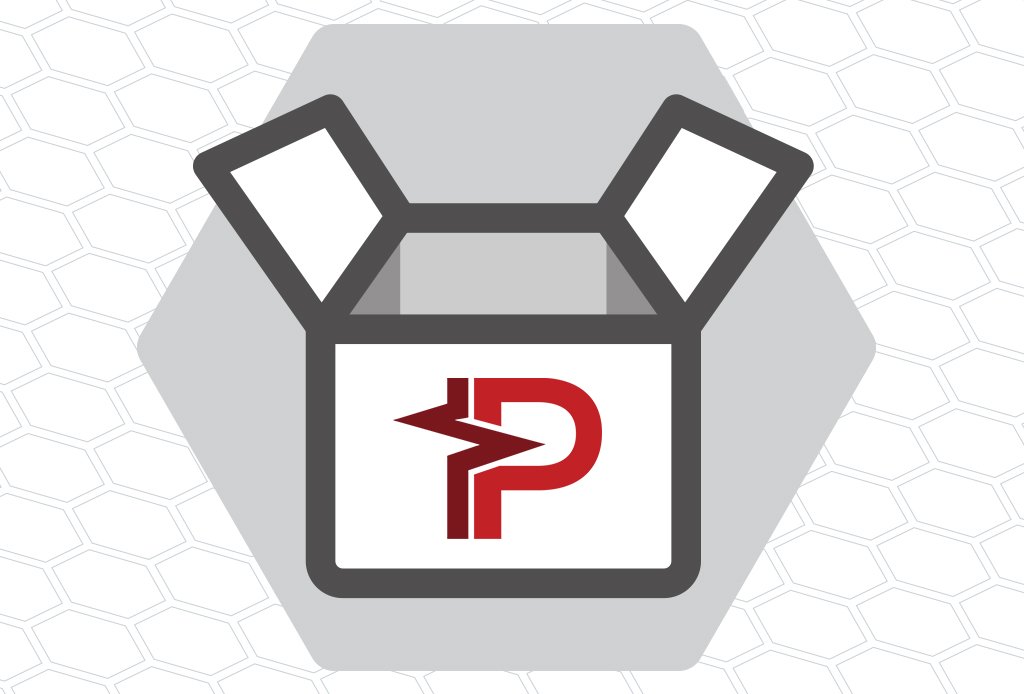
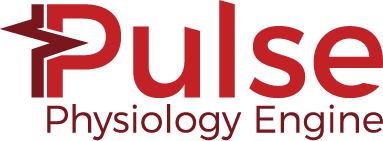
On behalf of the Pulse Physiology Community, we are pleased to announce that version 4.0 is now available. We have continued to assist companies and universities to integrate Pulse into their projects and product goals. We worked with these users to improve models and functionality to advance the physiology engine for their needs.
The 4.0 version release includes:
- Software Architecture Improvements
- Multiple Engine Support
- Provides the ability to break up, extend, and group various model implementations into a specific physiology engine
- A foundation for future whole body physiology engines, such as a pediatric engine
- All of our supported languages support the ability to specify the back end engine model at construction time
- All engines are driven using the same API
- New Ventilation Mechanics Engine
- Encapsulates only our respiratory and mechanical ventilation models
- NOT a whole body physiology engine, only the math models of ventilation
- Upgrade code base to C++17
- Added namespaces
- Improved header organization
- Normalized API’s between all supported languages
- Moved autogenerated protobuf files to build directory
- Multiple Engine Support
- Physiology Model Improvements
- New Arterial Blood Gasses Assessment
- Drug Updates
- Added Etomidate and Phenylephrine
- Validated Norepinephrine and added support for a basal rate and clearance
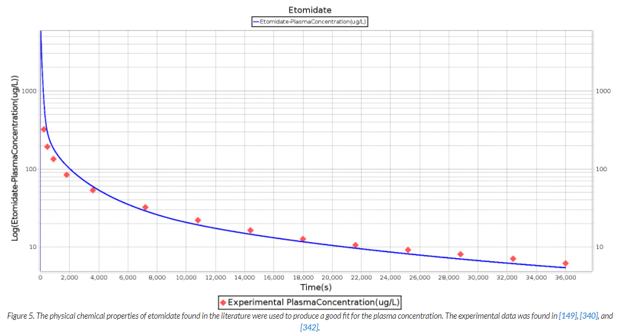
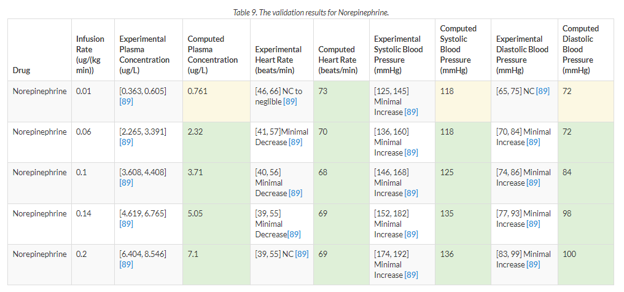
- New Respiratory Mechanics Action
- Provides the ability to fully customize the respiratory compliances, resistances, and spontaneous breath timings
- New Bag Valve Mask Equipment with support for various levels of interaction
- Squeeze: A single squeeze profile to perform once
- Automatic: A squeeze profile and rate to continuously occur
- Instantaneous: Provide flow/pressure values of a squeeze (For sensor integration)
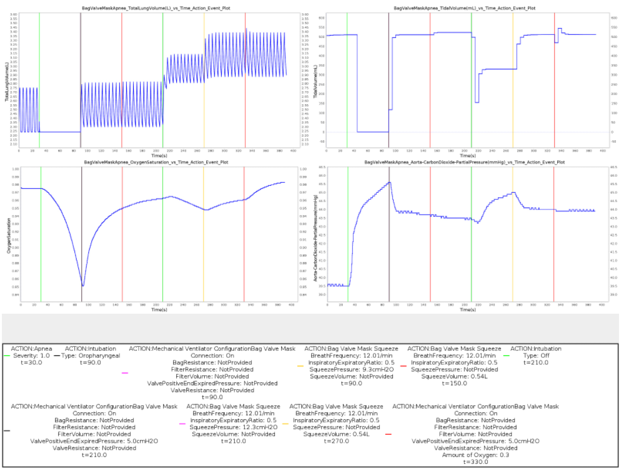
- New Mechanical Ventilator Actions
- Hold: Keep the current delivered pressure/volume static until released
- Leak: Prescribe a leak of air between the ventilator and patient
- CPAP Mode: Intuitive settings associated with CPAP ventilation
- Pressure Control Mode: Intuitive settings associated with PC-CMV and PC-AC
- Volume Control Mode: Intuitive settings associated with VC-CMV and VC-AC
- Expanded data available in Respiratory and Mechanical Ventilator Systems
In the coming months, we are working to improve and extend Pulse with:
- Unreal Engine support
- Additional drugs
- Arrhythmias and pharmacodynamic effects associated with arrhythmias
- Updates to the cardiovascular circuit
- Cerebrospinal fluid model for improved intracranial pressure
- Continued work on supporting dynamic engine pools for managing multiple pulse engines for real-time/game and research based applications
- Continued work on black-boxi implementation to support interoperability between external and internal systems/models/circuits
Watch for new releases for the Pulse Unity Asset and the Pulse Explorer in the coming weeks. The next release for the Pulse Physiology Engine is planned for late 2021.
For more information on our efforts and our users, visit our website or sign up for our newsletter. If you would like to feature your Pulse use case, please email us at kitware@kitware.com.
Congratulations!